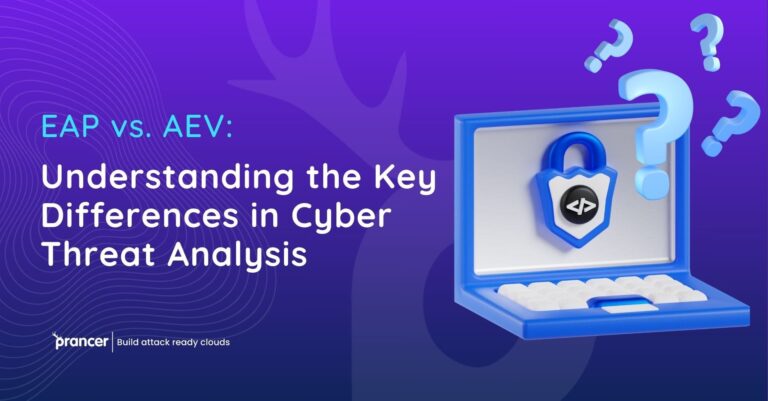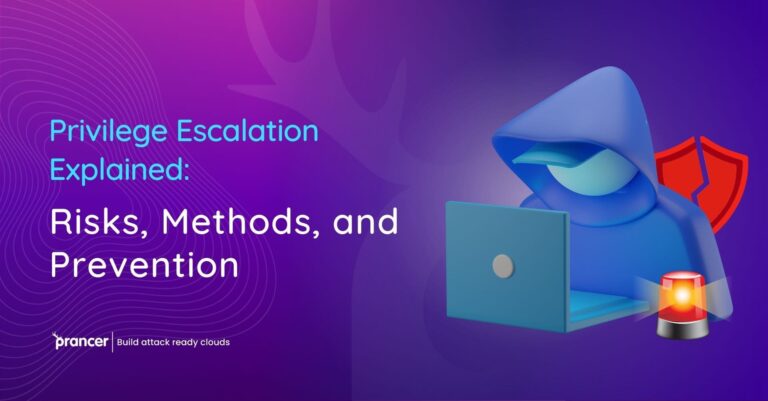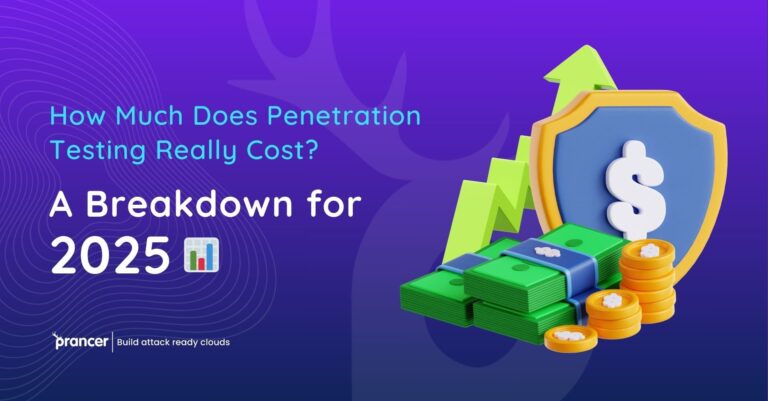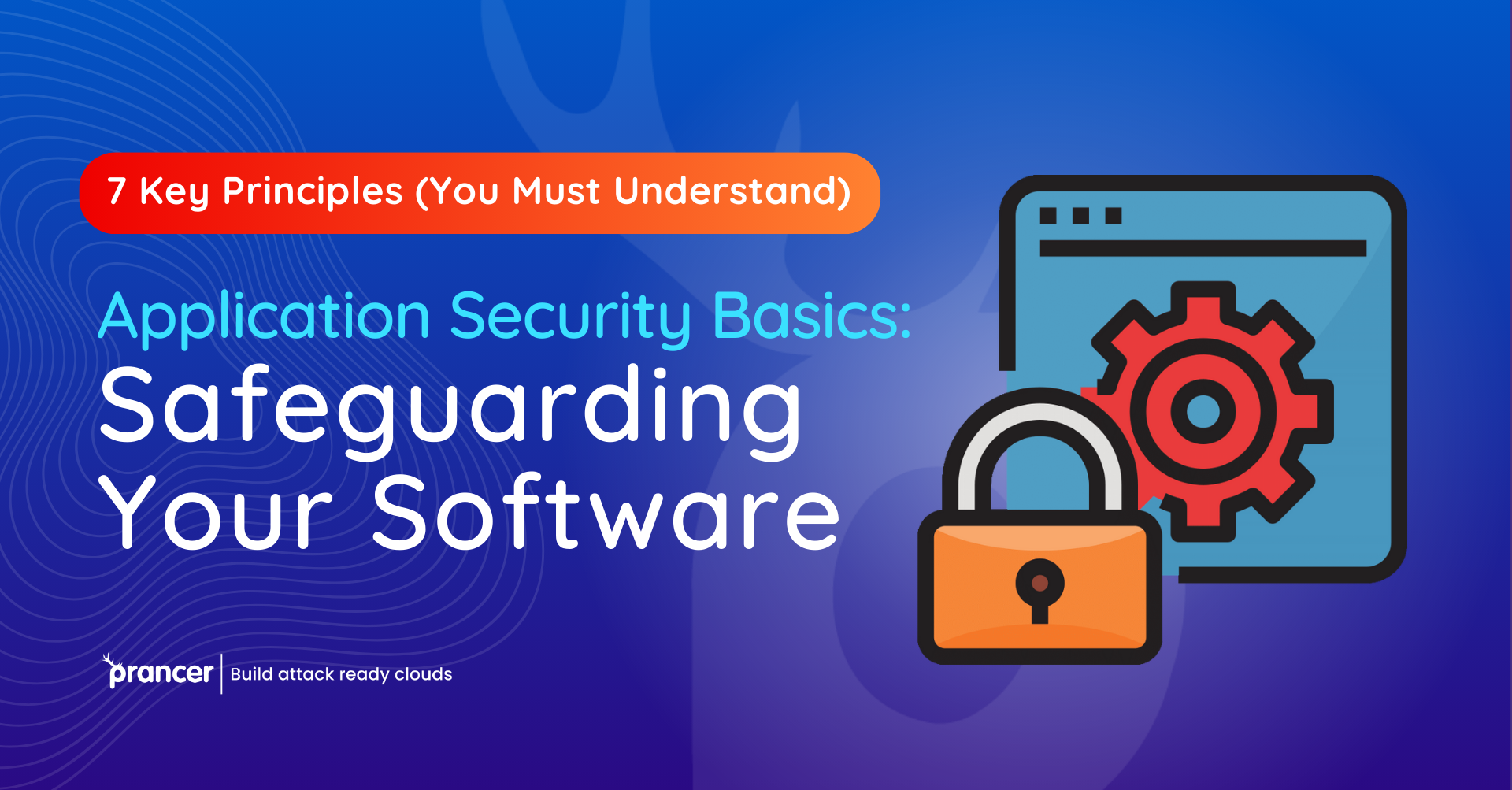




In the digital realm where change is the only constant, the fortification of your software applications is non-negotiable. The nefarious cyber adversaries are not just knocking at the door; they’re evolving with every knock, becoming more sophisticated and elusive. Hence, placing application security at the pinnacle of priorities is not a choice but a necessity to shield sensitive data, sustain customer trust, and dodge the hefty toll of breaches. This post unravels the seven cardinal principles of Application Security Basics, indispensable for every cybersecurity aficionado to effectively armor their software.
Robust security of your software applications is vital in the rapidly changing digital environment that has ever-growing threats. By each day, cyber adversaries are more sophisticated in their strategies. Consequently, a number of organizations have to make guarding the information their top priority as application security helps to protect sensitive data from being leaked, maintain trust with customers and avoid significant implications. While focusing on the role of automated penetration testing; this post will make it clear to readers about seven core principles of Application Security Basics. Every cybersecurity enthusiast should embrace these principles in order to protect their software from the cunning methodologies of current cyber threats.
Here at Prancer, we venerate the indelible role that Application Security Basics play in upholding your software’s integrity. Whether you’re birthing new applications or governing the existing ones, assimilating these core principles is crucial to reinforce your bastion and outpace the cyber rogues.
The journey to a fortified application commences with the penning of secure code. This should be the mantra reverberating in every developer’s mind through the software crafting voyage. A regime of regular code audits, static analysis, and educational modules can help pinpoint and purge vulnerabilities at the nascent stage.
Fortifying your application against unwarranted access is pivotal, making robust authentication and authorization systems indispensable. This realm should envelop stout user authentication, role-delineated access control, and vigilant session management to restrict entry solely to sanctioned individuals or systems.
The sanctity of sensitive data is paramount. Encryption, both while data is gallivanting and when it’s at rest, is a cornerstone of application security. Harnessing industry-vetted encryption algorithms is key to ensuring data remains sealed even when intercepted.
As software ages, vulnerabilities tend to pop up, making the ritual of updates and patch management quintessential. Prancer strides in with automated penetration testing services that scout for vulnerabilities and offer remedial advice, keeping you a leap ahead of looming threats.
A regimen of security testing is your early warning system to spot and fix vulnerabilities before they morph into exploits. Automated penetration testing, especially, unveils those camouflaged security frailties often overlooked in manual scrutiny. Prancer’s automated solutions offer a thorough health check of your application’s security stature, bestowing actionable insights.
Misconfigurations are often the culprits behind security breaches. Securely deploying and configuring your applications, servers, and databases is imperative. Embracing secure defaults and perpetual monitoring can thwart inadvertent exposures.
Despite a fortified defense, security skirmishes may arise. A well-chalked-out incident response plan is your safety net. This should detail the protocols on detecting, responding to, and recuperating from security breaches swiftly.
Application security, especially in the modern digital world where cyber threats are continuously changing is critical. This is done through the incorporation of vital practices such as secure coding, strict authentication and authorization controls including data encryption. 5 Proactive patch management, regular security testing, secure deployment as well having a good incident response plan are equally important. By using automated penetration testing tools, such as Prancer you are able to promptly identify vulnerabilities and address them minimizing the impact undermining your software applications’ integrity and security against advanced cyber threats.
With respect to digital threats where speed is so important, application security has become a necessity. This handbook is a comprehensive guide to the 7 concepts that form Application Security Basics, which includes automated penetration testing and maybe securing software applications. One of the main characters that support these values is Prancer, a professional in this field.
Application Security Essentials Deep Dive
Advanced Secure Coding Practices: Secure coding forms the basis of application security. Some of these include regular code reviews, state-of the art static analysis and continuous developers training that result in early vulnerability detection and elimination.
Enhanced Authentication and Authorization Controls: An appropriate design of the effective user authentication and role-based access control systems should be made. Two-factor authentication and dynamic access control based on the behavioral context of a user provide further security.
Comprehensive Data Encryption Strategy: Complex algorithms should be used for encryption of data transmission and storage. First, high-end encryption standards should be employed and the protocols currently used must also be improved to safeguard confidential information.
Dynamic Patch Management Process: Keeping software updated is essential. Proactive detection of vulnerabilities and recommendations for patches to make sure that the software is resistant against new threats would be supported by automated tools such as those from Prancer.
Rigorous Security Testing Regimen: Automated penetration tests should also be conducted from time to time. Prancer can find hidden vulnerabilities and provide a comprehensive report on the security health of any application.
Secure Deployment and Configuration: These costs can be reduced with the help of secure deployment and misconfigurations Security best practices based on initial deployments’ monitoring configurations to prevent any breaches.
Robust Incident Response Plan: However, even with the sturdy fortifications in place, breaches do occur. A mandatory functionality is also a clearly defined incident response plan that describes the detection, mitigation and restoration processes to minimize adverse effects from any security event.
Prancer’s Contribution to Application Security
These basic security measures are addressed by the automated penetration testing solutions from Prancer. Their tools offer:
Automated Vulnerability Detection: Prancer tools can simulate attacks to detect vulnerabilities.
Comprehensive Security Analysis: The tools provide deep analysis and actionable intelligence that enables secure applications from sophisticated threats.
Efficient Security Maintenance: Automated testing does away with manual efforts that take a lot of time and resources as it detects vulnerabilities to rectify them.
However, when automated penetration testing becomes an element of application security strategy the software applications are not only protected from modern threats but also prepared for future ones. This approach is required to make sure that the software applications are secure from cyber threats which continue growing.
In the modern cyber security environment, defending software applications requires a complex and multi-tier approach that highlights employing new technologies such as automated penetration testing. Key components of this strategy include:
Advanced Secure Coding: Combining automated code scanning as part of the development pipeline to detect vulnerabilities in real-time, providing security within software from its very start.
Layered Authentication and Authorization: By integrating biometrics, one-time passwords and behavioral analytics in addition to dynamic role based access controls for comprehensive protection from unauthorized intrusion.
Proactive Data Encryption: By continuing to develop new encryption methods using advanced cryptographic techniques, such as quantum-resistant algorithms for protecting data.
Automated Patch Management: By employing tools that not only detect but also automatically apply necessary patches, especially for third-party components to ensure continuous security.
Comprehensive Security Testing: Using tools such as Prancer’s automated penetration testing for comprehensive and predictive security evaluations, detecting and remediating weaknesses efficiently.
Robust Incident Response Planning: Having a clear plan for fast detection, containment and recovery from the security incidents to reduce operational impact.
These enhanced security measures ensure strong protection against emerging cyber threats, protecting sensitive information and securing customer trust while preserving an organization’s reputation in the digital world.
Conclusion:
Navigating the turbulent waters of cybersecurity demands a solid grasp of Application Security Basics. A cocktail of secure coding, staunch authentication and authorization, data encryption, vigilant patch management, regular security testing, secure deployment, and a foolproof incident response plan is your recipe for a robust defense mechanism. Prancer, with its mastery in automated penetration testing, stands as your steadfast ally in this endeavor. As you traverse the convoluted landscape of application security, remember, a well-fortified application is your vanguard in safeguarding your organization’s digital treasures. Stay alert, keep the learning flame ablaze, and invest in adept tools and expertise to ensure your software stands as an unyielding citadel amidst the ceaselessly evolving cyber threats.
